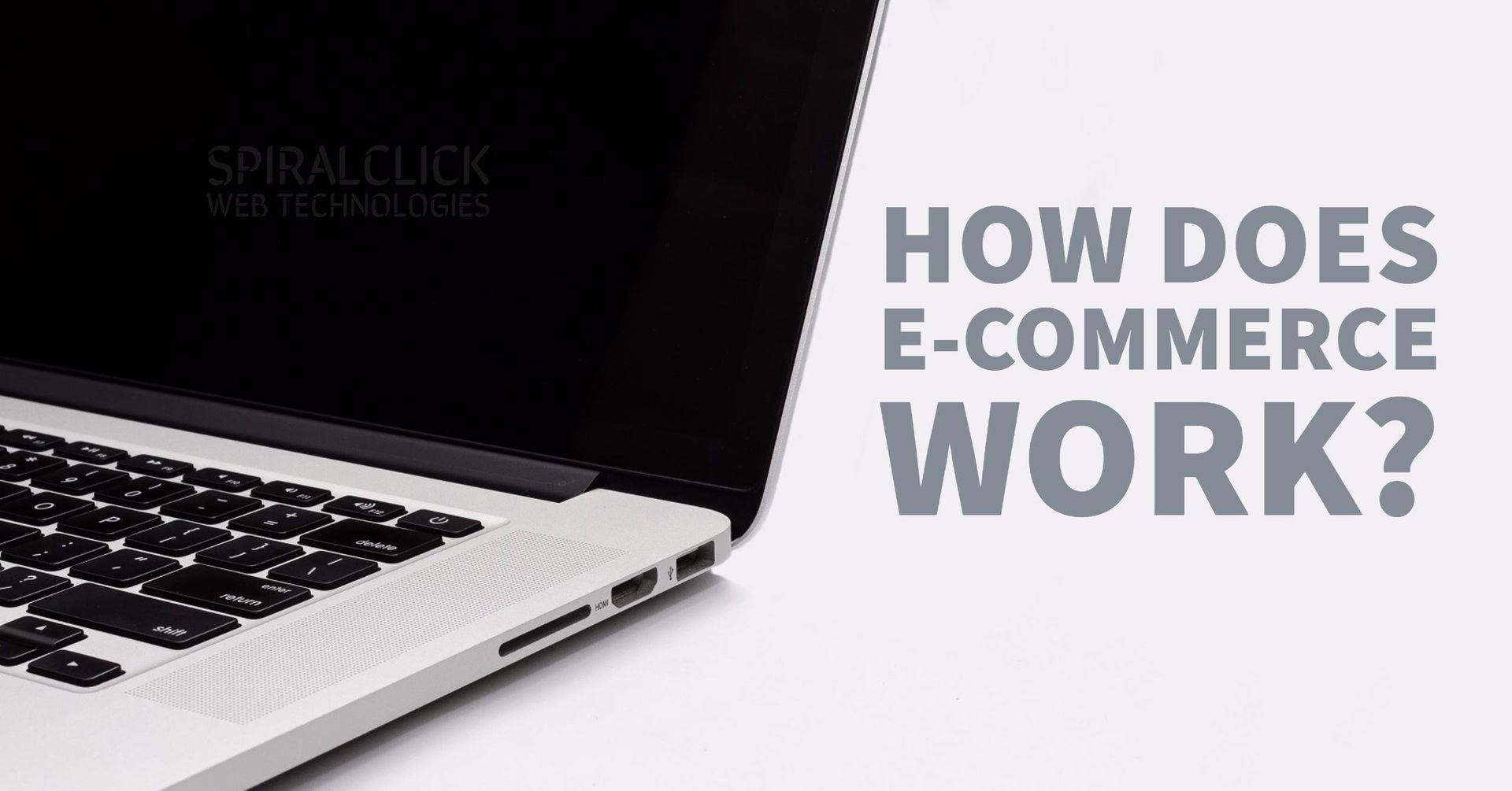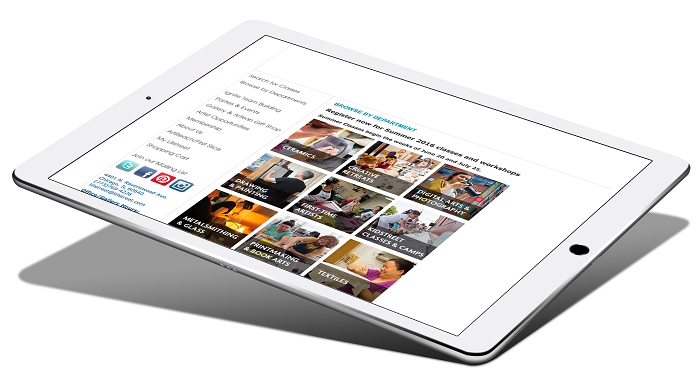4 Tips On Creating Your First Web Application
- By Netasha Adams
- •
- 19 Mar, 2018
- •

Introduction
Before we officially begin this article, let’s get a few things out of the way.
We’re going to assume that if you’re going to make a web app, you’ve either hired a professional designer/developer or you’re going through the process yourself.
In either case, we aren’t going to teach you how to code the app. There are more than enough guides available on the internet for that purpose. Instead, the tips will focus more on aesthetics and functionality, and how you can ensure that you stand out from the crowd.
We’re also going to assume that you don’t want to spend hundreds of thousands of dollars on your new app’s design. In all honesty, it would be foolish to spend that kind of money on the first version of your first app anyway.
What you should be initially aiming for is functionality and functionality alone. The app can be decorated with interesting plugins and pretty features later when everything is working as it should be.
Tips on web app design
With that sorted, let’s jump straight into the article.
Here are 4 great tips on designing your very first web application, as recommended by industry experts and professionals.
1. Don’t reinvent the wheel, use it
Design trends, practices, and techniques evolve over time for a very good reason. Users are introduced to new functionality that makes it easier to use the product and ensures a smoother operating experience. Keep that in mind when you’re designing for your audience.
A great example of this is the shift away from mobile keypads to touch screens. Did you know that a company called ‘Simon’ actually created the world’s first smartphone back in 1998?

Their hybrid Phone-PDA was titled the Simon
Personal Communicator, and it featured 4.5x1.5 inch resistive touch screen which
could perform a lot of the functions we associate with modern devices.
The reason that Simon’s device never gained the popularity of modern-day iPhones and Androids is that it seriously lacked in the user experience department.
The phone was slow to use, far too bulky, cost way too much money at the time, and it was released in an age where people were still trying to figure out how to make calls from their Nokia handsets. To put it simply, it was too early for a smartphone revolution.
The reason the first iPhone became so popular was that people had grown used to a certain kind of standard, and Apple’s device made that standard obsolete the moment it came out. Most importantly, it was designed and marketed for the modern user. Why press buttons to navigate on your phone when you can do it with a simple swipe on the screen?
The same concept will apply to your design as well. Go on the internet, look up some of the current trends in web applications design in Dubai, pick out a few you like, and incorporate them into your application.
2. Don’t be afraid to copy ideas
We’ve seen hundreds of examples of web developers who ruined their applications simply because they were too afraid to copy someone else’s ideas and became obsessed with creating something unique.
Don’t get us wrong, it’s never okay to completely plagiarize someone’s hard work and market it as your own, but you should be able to add your own twist to it without taking away its ingenuity.
Besides, web app design ideas are driven by
user preferences in the first place. If the wide majority of your target
audience prefers design layout of a certain type, you’ll have no option but to
incorporate it in your own applications too, even if every other developer is
also doing the same thing. That’s just how consumer trends work, and you need
to stick to them if you want to make it big in this industry.
Sure, when you feel like you’ve built one too many applications of the same type, you can always start changing things here and there until you find a style you like that can be unique to you. Until then, work on establishing yourself in the web applications Dubai industry and getting your name out there.
3. Keep things as simple as possible
Take Google, for example. When you look back
at the first
version of their website
now, it seems like they simply pick the winner
from a website design competition at the local school. One thing, however,
stands out. Even this childish looking site offered complete search
functionality.
Since Google’s core feature has always been ‘search’, their first product didn’t to be more complicated than a simple text field and a ‘search’ button. It just needed to work efficiently, which it clearly did considering that Google.com is now the adopted front page of the internet.
Keep in mind that no web app ever fails because it does too little or doesn’t offer enough features. Applications usually fail because they either haven’t been implemented well or because there’s no demand for the product they’re offering.
4. Make use of free resources
There’s a common misconception in the web design industry that you need to have deep pockets of cash if you want to create something that’s engaging and memorable to customers.
There are plenty of free (or extremely affordable) and powerful web resources available on the internet that can get the job done quite satisfactorily, and you won’t need to spend excessive amounts of money.
Some of the most common resources include Google Analytics (for tracking statistics relevant to your product such as consumer interaction), Heroku (a robust Ruby on Rails host, Stripe (for handling and managing online transactions), and SendGrid (for professional e-mail management).
All it takes it a bit of online research, and you can save big on your expenses.
Of course, once your application takes off and becomes profitable, you can start investing some of that money back into the business and buy better-looking themes or plugins to further enhance the user experience.










